 There’s a new Thor movie out. If history were a guide, this would excite us not at all. While we have been, and still generally are, fully in the tank for the Marvel Cinematic Universe, we have not seen any of the Thor movies in an actual movie theater, and that’s saying something considering we did see The Incredible Hulk in our local theater.
There’s a new Thor movie out. If history were a guide, this would excite us not at all. While we have been, and still generally are, fully in the tank for the Marvel Cinematic Universe, we have not seen any of the Thor movies in an actual movie theater, and that’s saying something considering we did see The Incredible Hulk in our local theater.
Thor: Ragnarok, however, promised to combine Thor with the most important elements of Greg Pak’s Planet Hulk, which we did like. So we made our way to the theaters this weekend, and we spend a good chunk of the episode talking about the flick. Did we like it? Was there more to it than just the thrill of seeing Hulk in full gladiator dress with his Warbound? Is there anything there to make us care about Asgard? Does the movie make the living envy the Doug? Tune in and find out!
We also discuss:
- The Jetsons #1, written by Jimmy Palmiotti with art by XXXXX, and:
- Captain America #1, written by Mark Waid, with art by Chris Samnee!
This episode was recorded live to tape, so if you want to know why Rob has the completely wrong idea about what it means to get romantic with a guitar, you’re in luck!
Podcast: Play in new window | Download (Duration: 1:23:03 — 89.5MB)
Subscribe: Apple Podcasts | Android | Google Play | Stitcher | TuneIn | RSS | More
Thanks for listening, suckers!

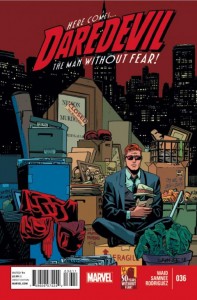
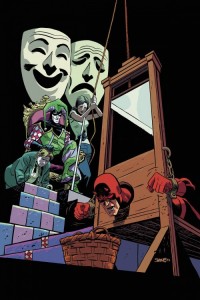
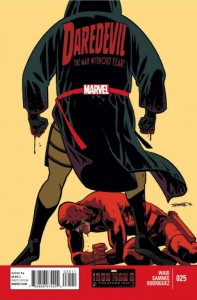
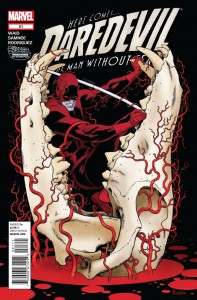
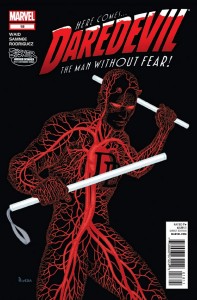
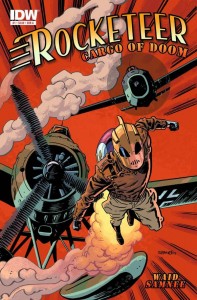
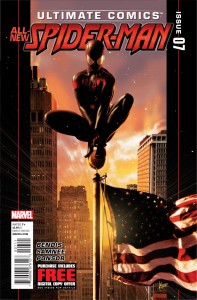
 Podcast RSS Feed
Podcast RSS Feed iTunes
iTunes Google Play
Google Play Stitcher
Stitcher TuneIn Radio
TuneIn Radio Android
Android Miro Media Player
Miro Media Player Comics Podcast Network
Comics Podcast Network